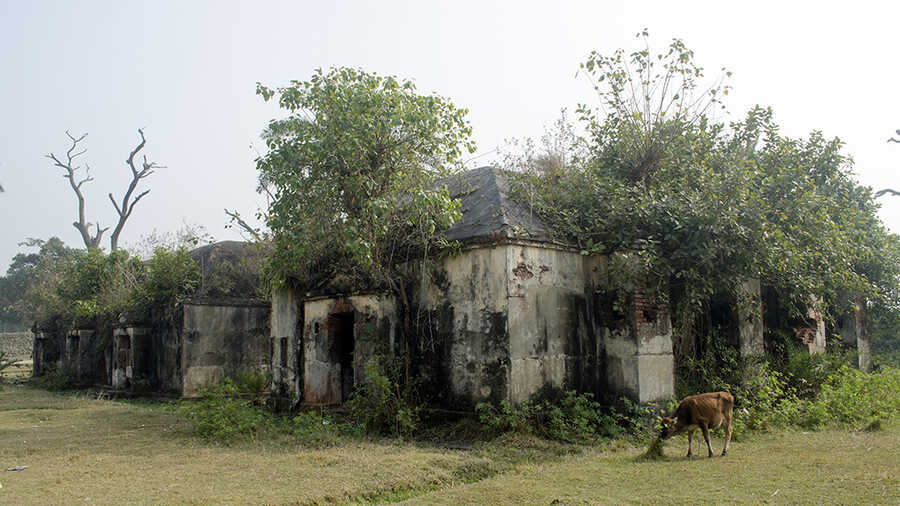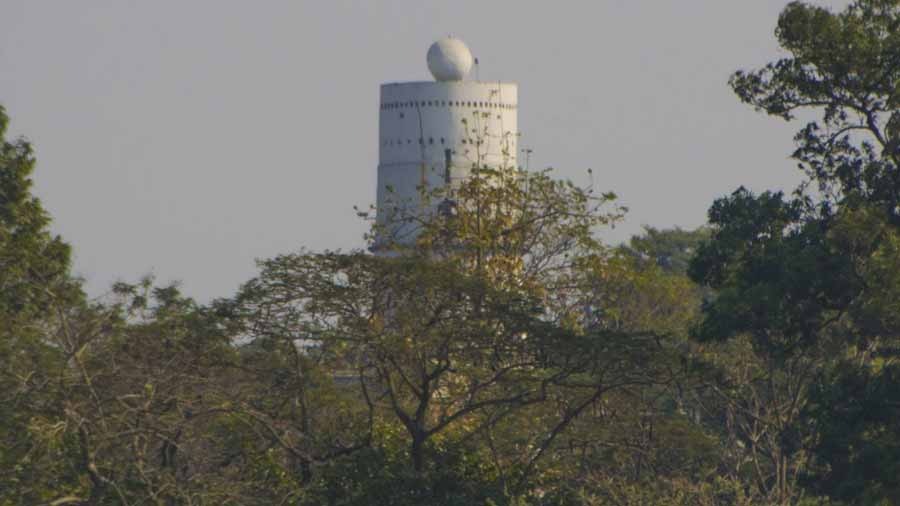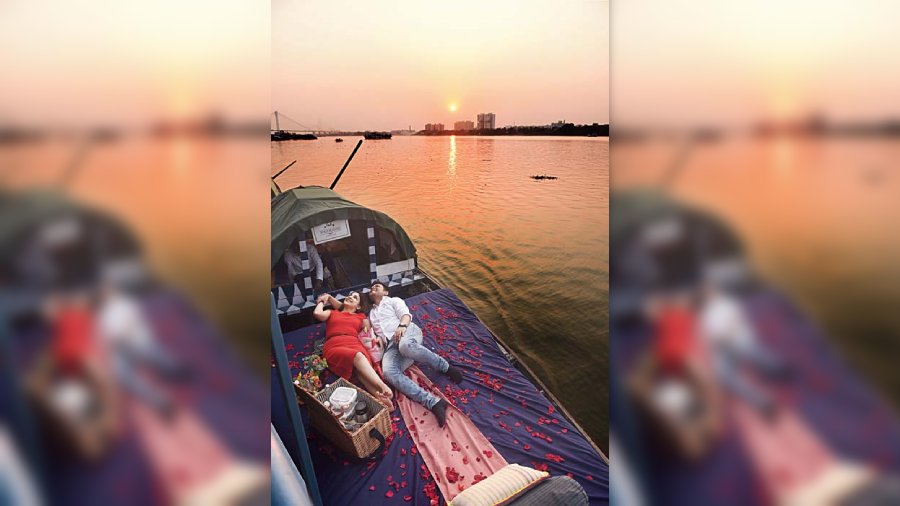The high seas have always been precarious territory, and over 200 years ago, the sea routes near many important ports were crawling with notorious pirates. Ships would have to be responsible for their safety and to combat the pirates, they carried cannons on board. The ammunition — gunpowder — to fire these cannons were also stored on the ship.
On the other hand, river ports were then some of the most crowded areas and ships dropped anchor next to each other with barely any space between them. This was a disaster waiting to happen, because a single accidental spark could reduce the entire port and the ships to heaps of ash.
Gunpowder plot

A two-storied building in the complex, which might have been the office and the residence for the officer-in-charge
To prevent such disasters, the Kolkata (then Calcutta) port authority came up with a unique solution — ships would have to deposit their gunpowder stock at a gunpowder magazine further down the river before docking at Calcutta port. Only 100lbs of gunpowder was allowed on board for emergencies of signalling. The rest was deposited under safe custody, and an official receipt obtained. During the return journey, the gunpowder was returned on producing the receipt.
Although the practice has long stopped, the remains of an old ruined gunpowder magazine still stands on the banks of the Hooghly River near Achipur in the Budge Budge area of the South 24 Parganas.
The Achipur ‘baroodghar’
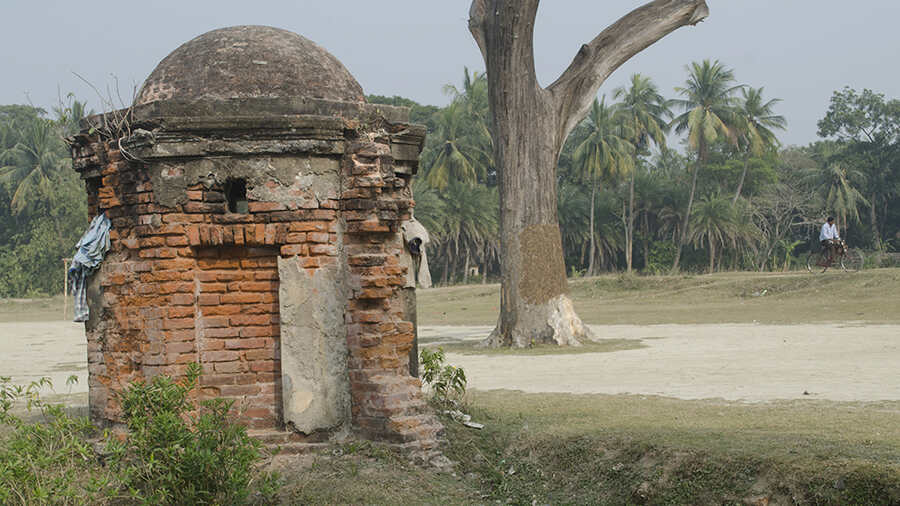
Remains of a guard house at the gunpowder magazine complex
Achipur has an interesting history. The little town is among Bengal’s oldest Chinese settlements. It derives its name from Tong Achew, a Chinese tea trader who is said to have established the first Chinese settlement in south Asia, way back in the 1780s. Today, only a Chinese temple and the grave of Achew, which is bright red and shaped like a horseshoe, remains from Achipur’s Chinese history.
About a kilometre south of Achew’s is an open field, now the property of Kolkata Port Trust, where the old gunpowder godown for ships headed to Calcutta port were located. The ruins of the old structures still stand, and now the place has become a winter picnic spot.
Two of the buildings of the godown stand near the river bank. The smaller one has two doors on either side while the larger has six, three on each side. Both buildings were once enclosed by boundary walls with small, domed, almost pill box-like guard stations at each corner.
Traces of these walls remain, and one guard house still stands but the rest are in ruins. It is better to avoid stepping inside these buildings, especially during the rains, because the interiors overgrown with vegetation are ideal habitat for snakes and other creatures.
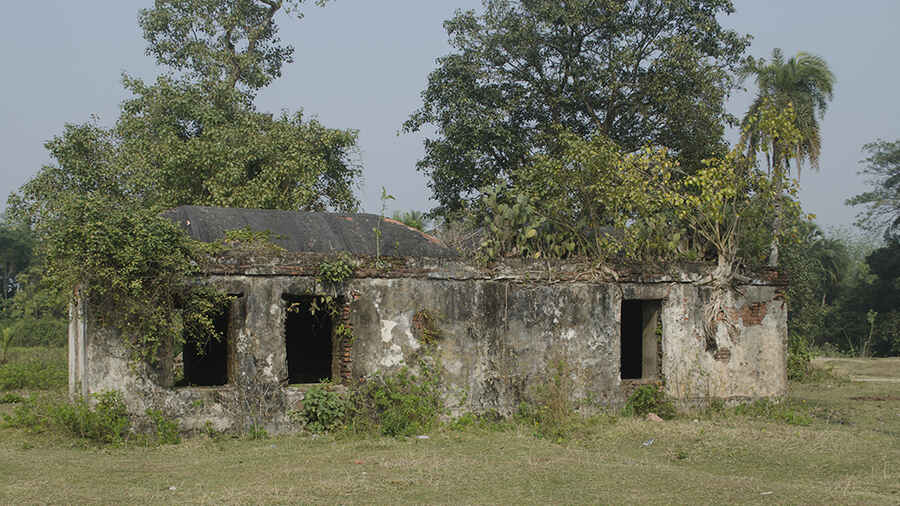
Window-like entrances carved out along the outer facade of the gunpowder storage magazine
Across the field another similar structure stands, this one in better condition. A window-like opening has been carved out of the facade and it has become a spot for locals to play cards. Next to the building are the crumbling remains of what is presumed to be the office of the gunpowder magazine, with the residence of the officer in-charge on the top floor.
The open space around the structures has now become a spot for picnics, and for local kids to play football and cricket, some presumably unaware of the history of the surrounding ruins.
Rangan Datta is a mathematics and management teacher by profession and a travel writer and photographer by passion. He has been addicted to discovering off-beat places since his undergraduate days at St. Xavier's College. Blogging and contributing to Wikipedia are his other passions.
